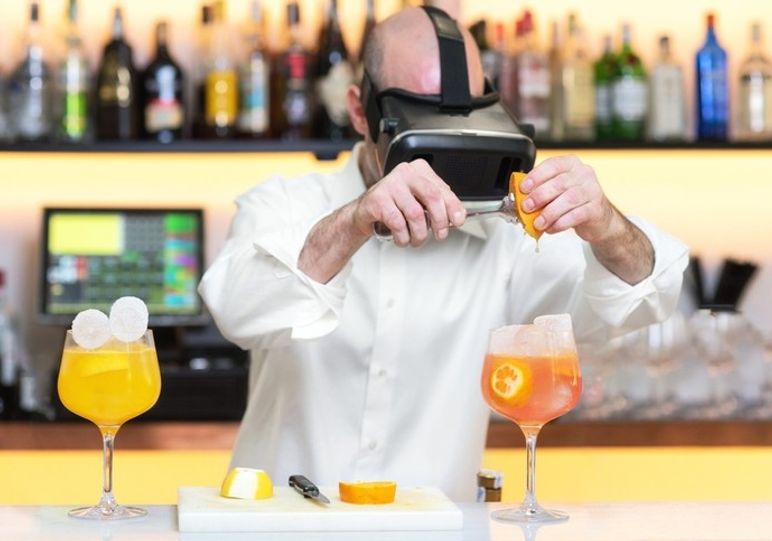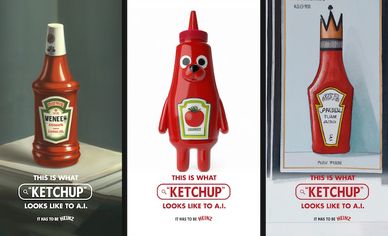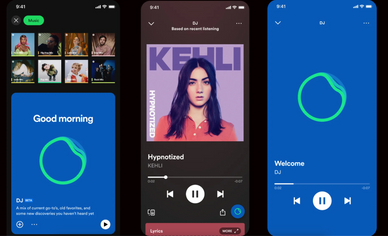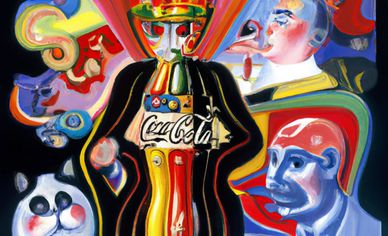Artificial intelligence (AI) has completely changed the way businesses get to know their customers. The days when companies relied just on basic demographics or gut feelings have long gone. These days, the leading brands use AI to better understand customer behaviour, predict what they want, and deliver personalised experiences that actually work.
With 80% of marketers believing AI will transform marketing by 2025, knowing how to make the most of these tools isn’t just useful — it’s essential to stay competitive.






